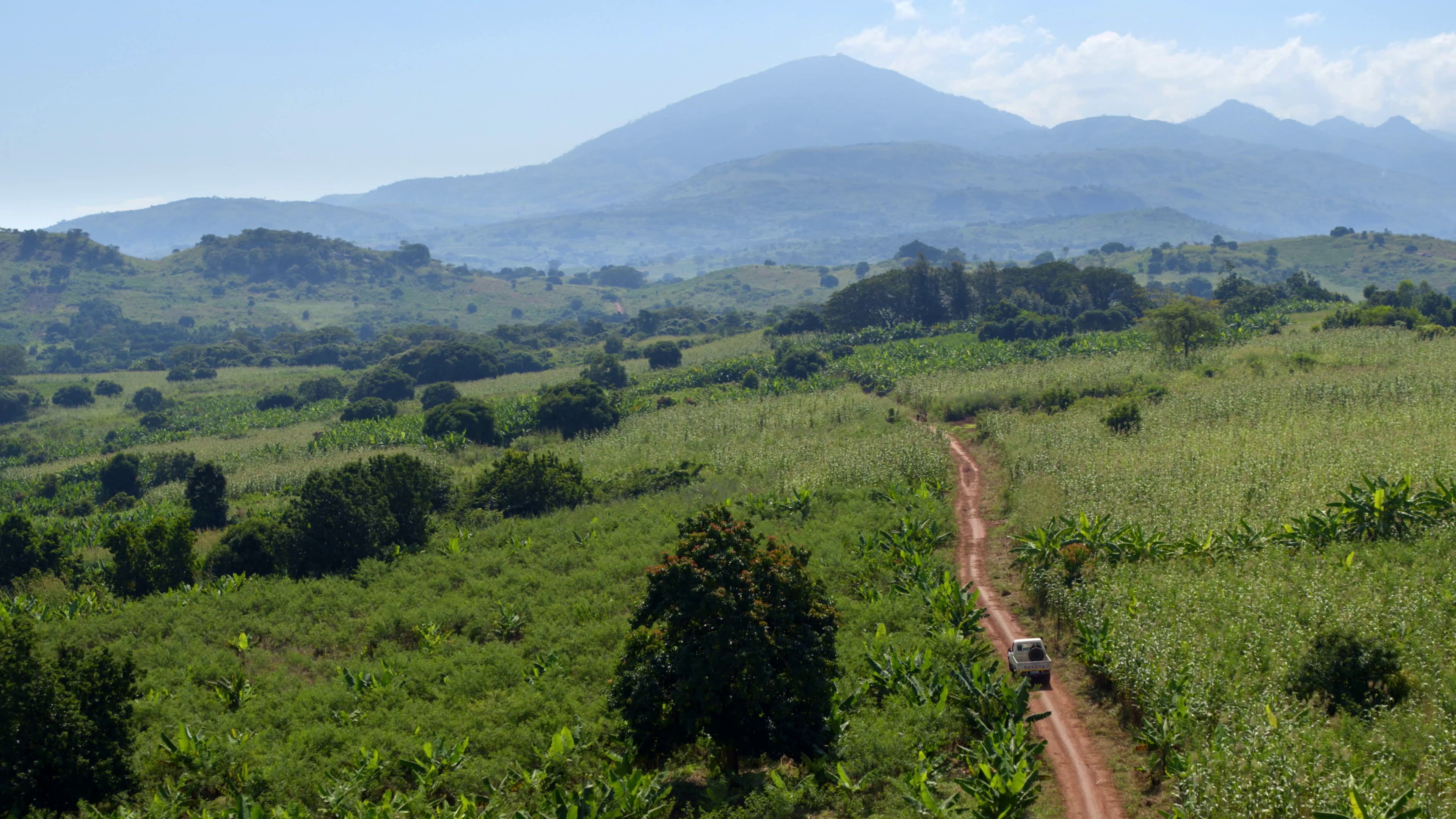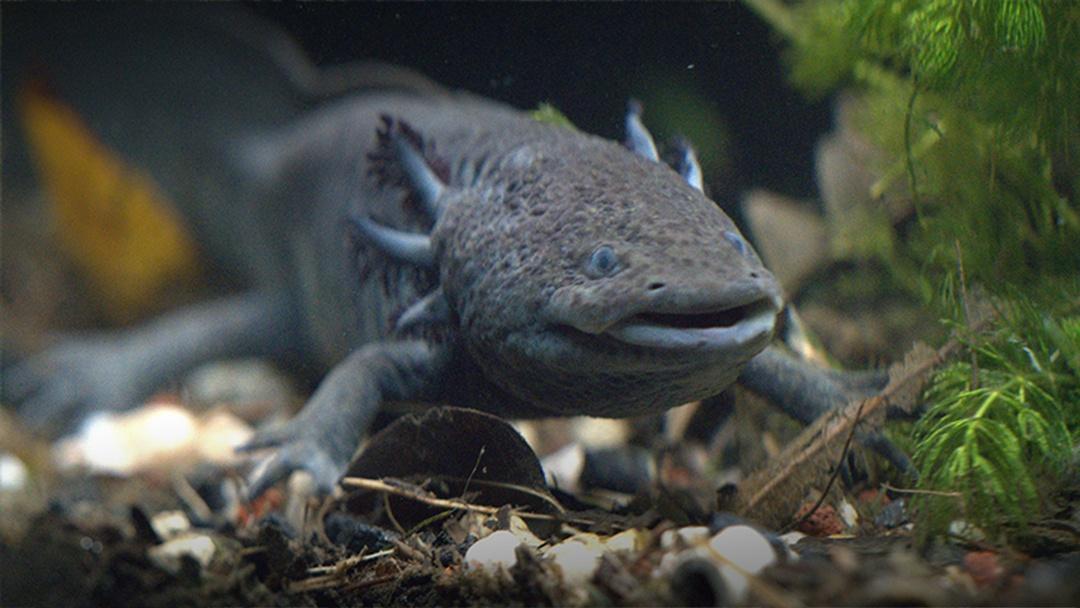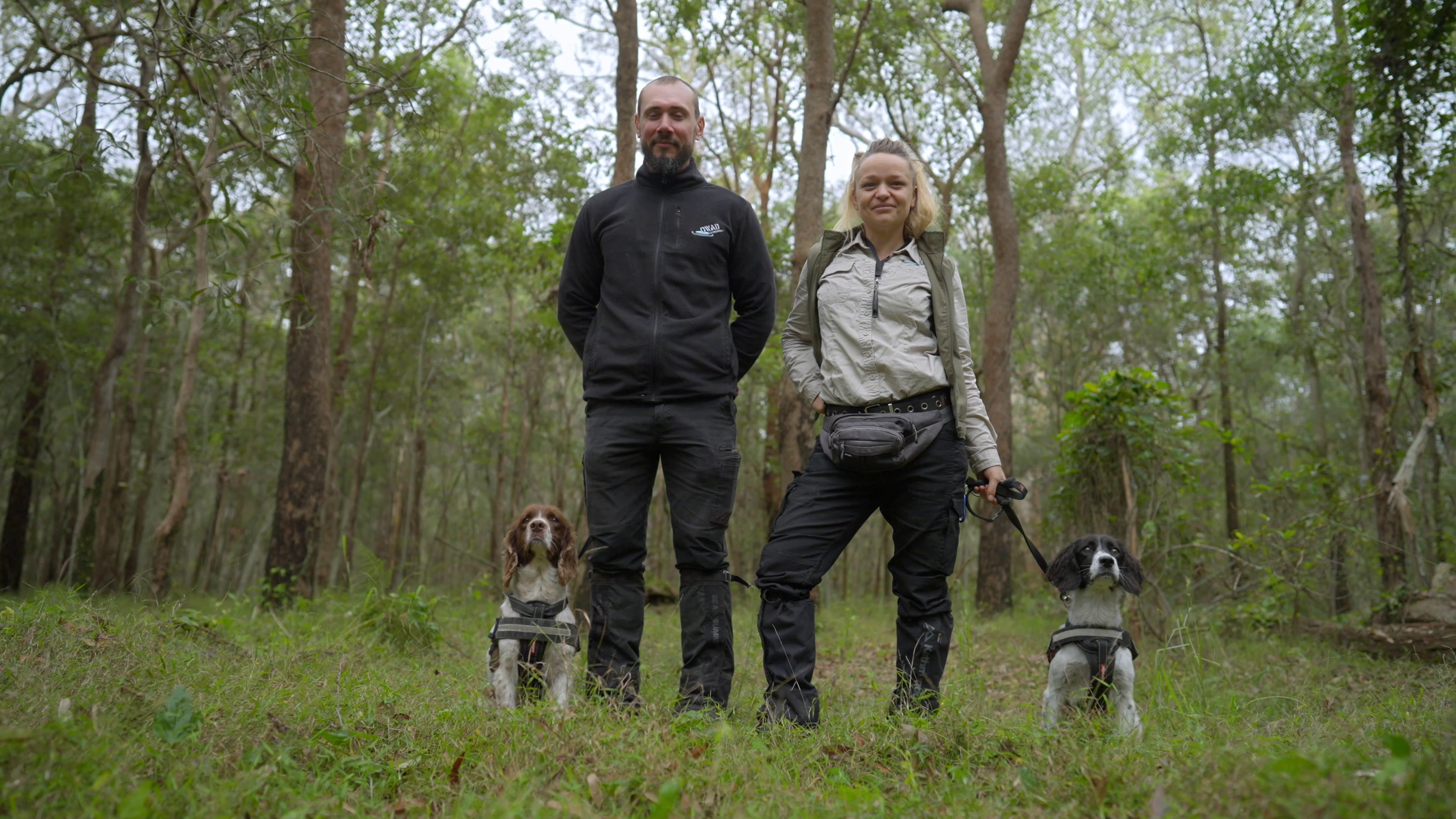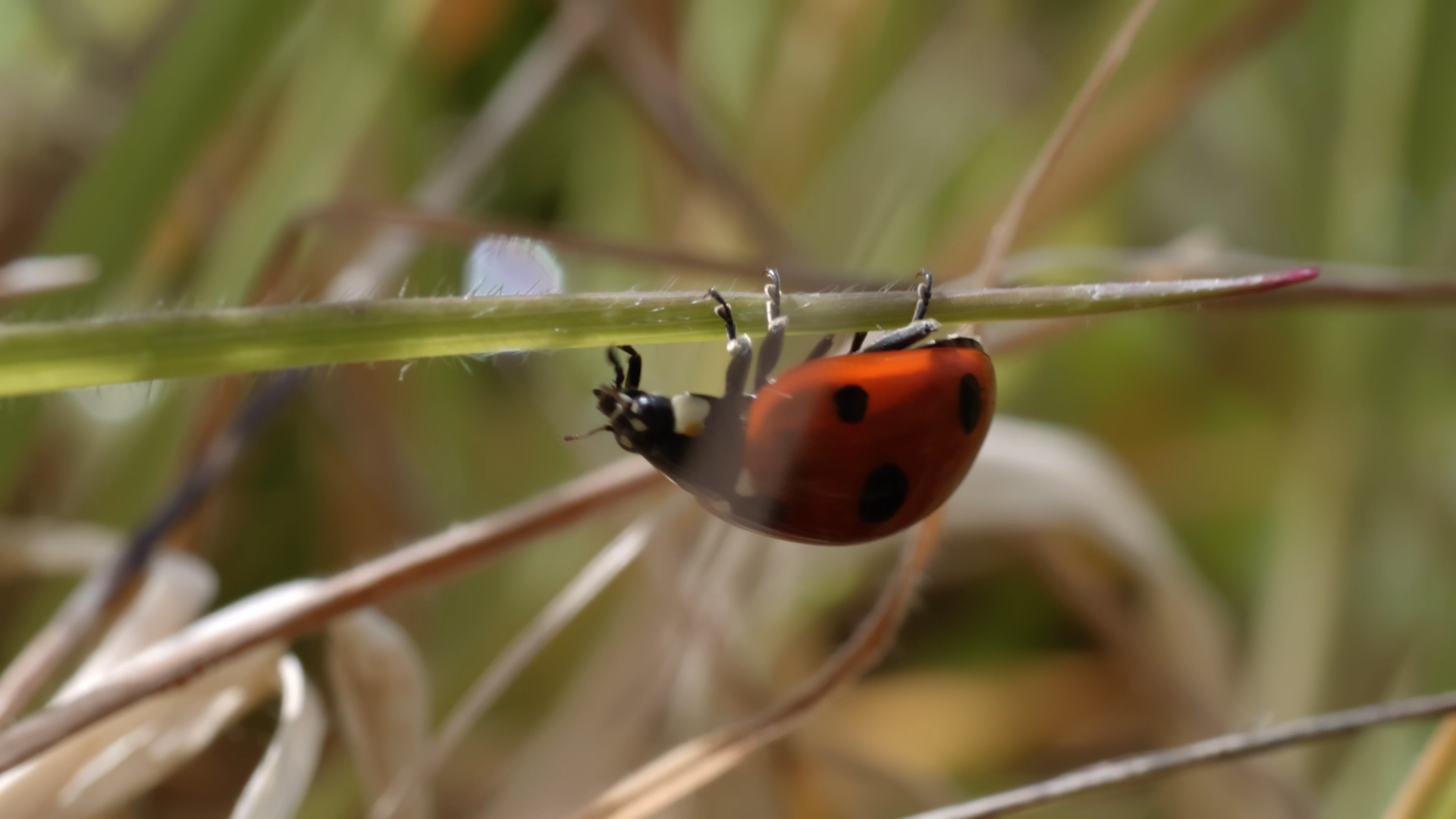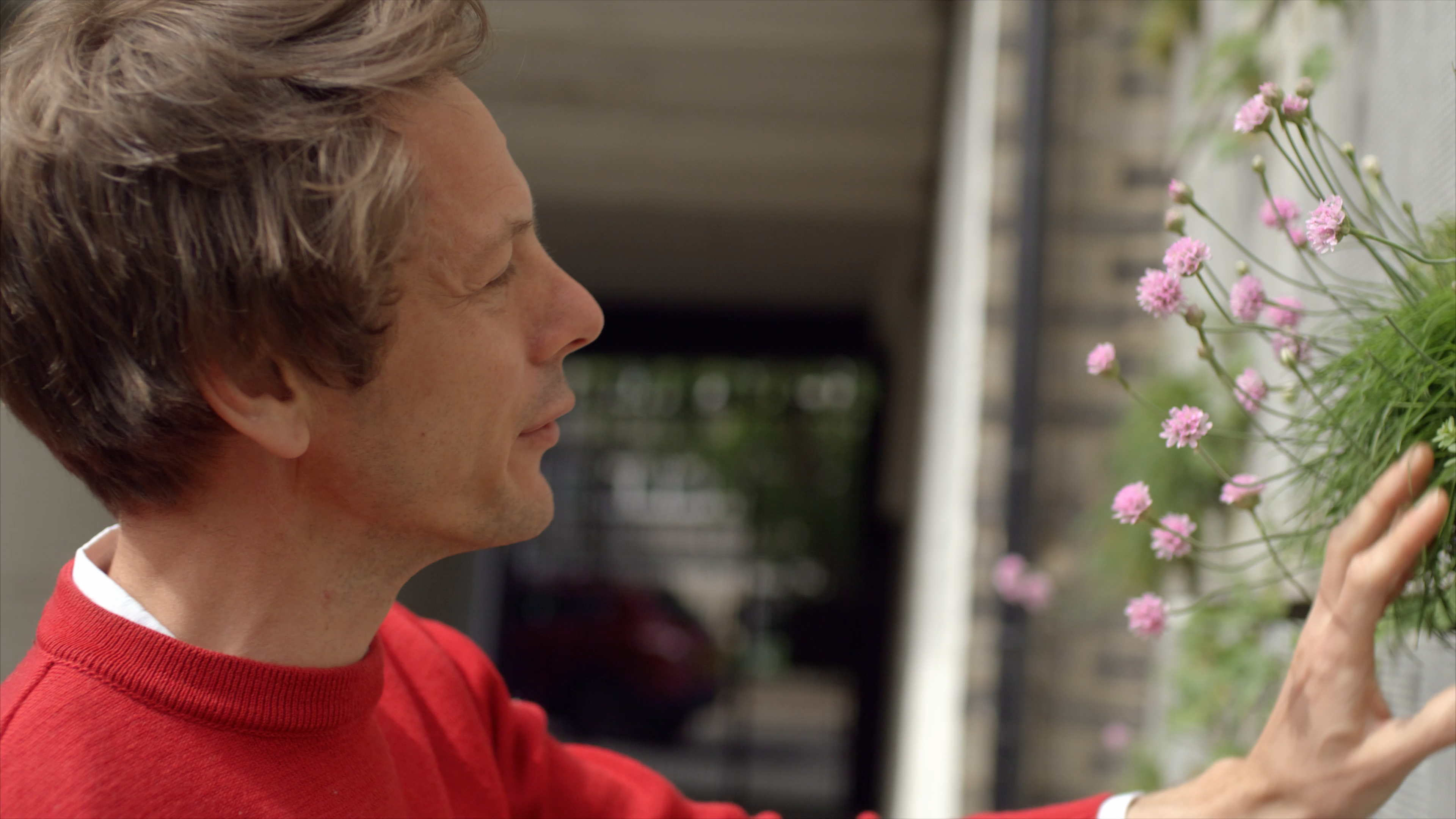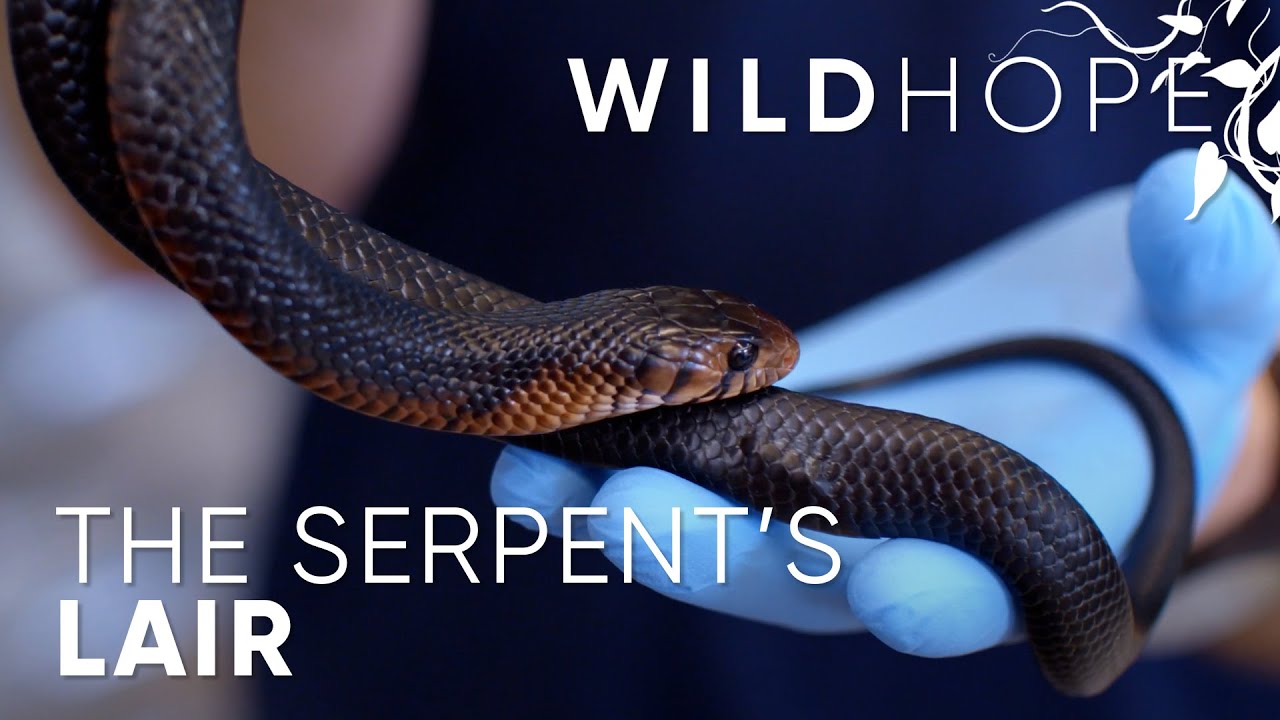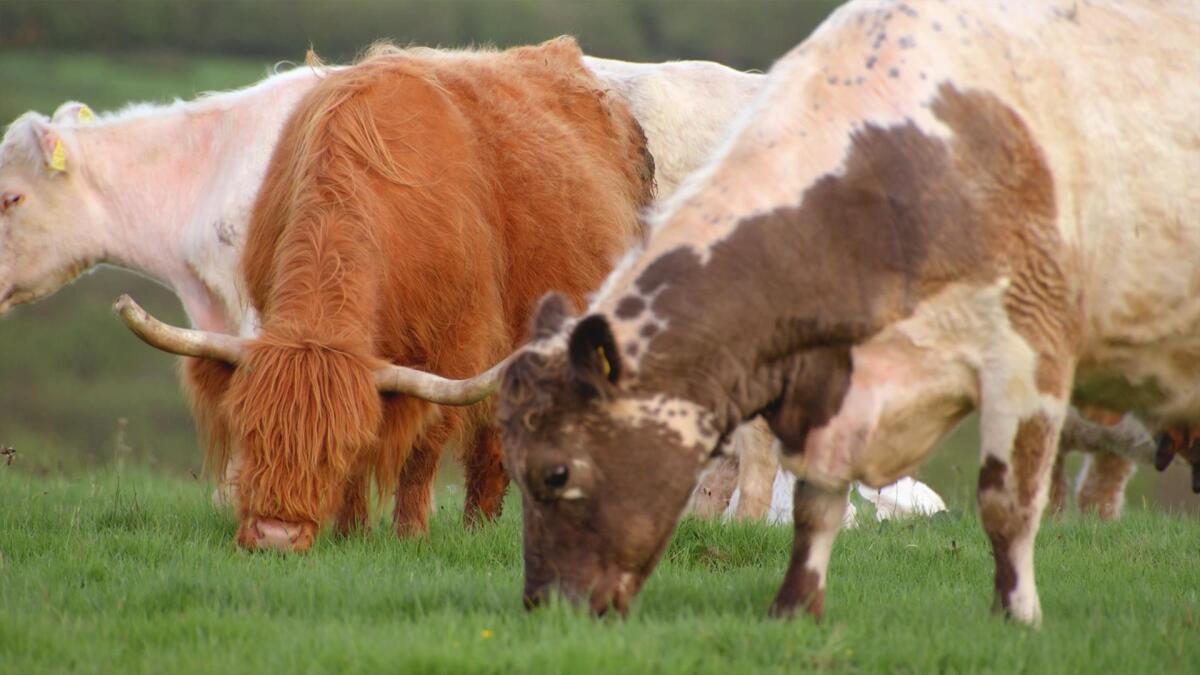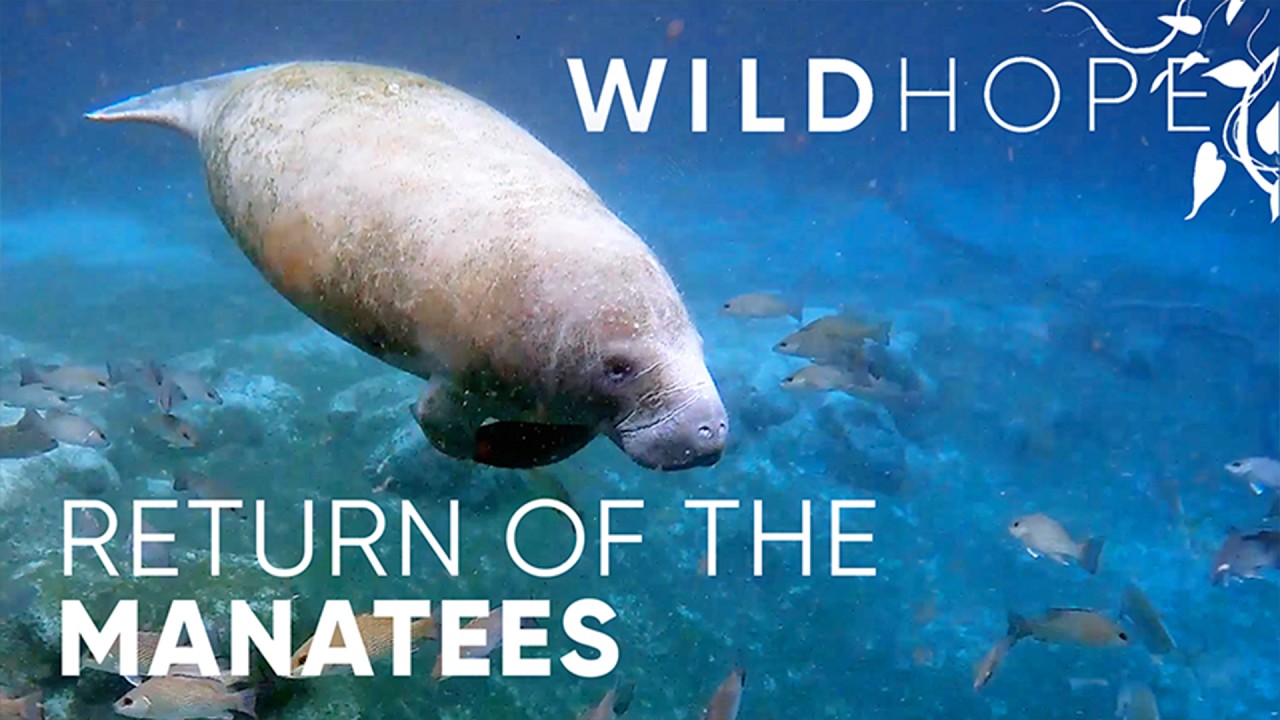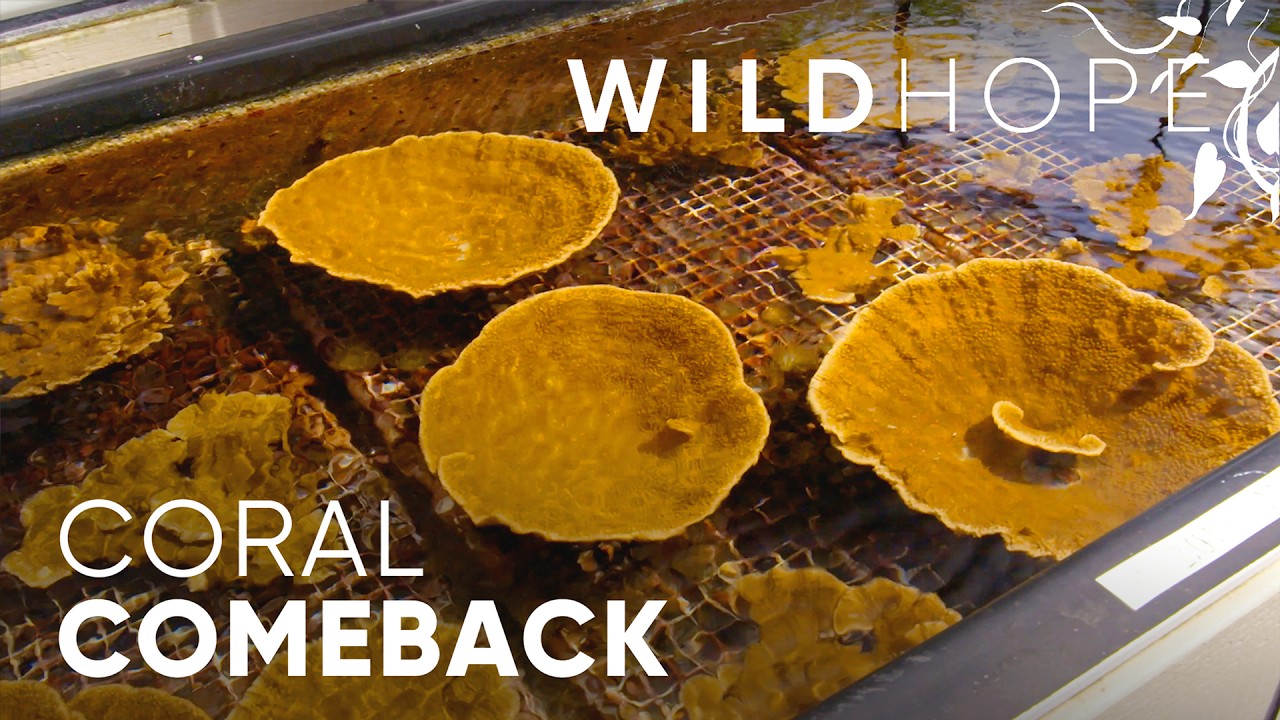This is week 4 of our MLC Summer of Fun program!
Download This Week’s Packet
Download the Summer Activity Book section for this week below.
Explore All Creatures Week Videos
Lesson 6
After a long civil war that decimated Gorongosa’s wildlife, the Mozambique government and the U.S.-based Carr Foundation have worked for two decades to restore the park’s wildlife to nearly pre-war levels.
Lesson 7
The axolotl lives in only one place outside captivity: the waters of Lake Xochimilco, in Mexico City. Now, a team of scientists is working to secure its future by looking to its past.
Lesson 8
Dogs in Australia are partnering with people to save other species from grave threats to the island continent’s unique fauna.
Lesson 9
Mary Reynolds of Ireland is building a movement to turn gardeners into guardians of the planet by returning our own patch of land to nature, and by restoring hope that individual action can create lasting change.
Lesson 10
As urban expansion quickly replaces natural habitats, façade engineer Alistair Law has discovered a new way to restore native ecosystems for pollinators and create natural spaces for us all within cities.
Lesson 11
A wildlife biologist puts an ambitious plan in motion to save two uniquely American reptiles — the eastern indigo snake and the gopher tortoise — and the longleaf pine forest they call home.
Lesson 12
Three species of sea turtles nesting in southeast Florida face a range of manmade threats.
Lesson 13
For years, Derek Gow worked his 400-acres in western England as a conventional sheep and cattle farm. Now, he’s using his experience with British rewilding projects to return his land to what it once was: a healthy, biodiverse ecosystem.
Lesson 14
Florida’s Crystal River has long been a safe haven for the Florida manatee, but when an invasive algae wiped out the eel grass that manatees need for food, the community rallied to restore the river and save the animals that call it home.
Lesson 15
Coral reefs around the world are threatened by rising ocean temperatures, but hope is growing off the coast of Hawaii. There, researchers at the Coral Resilience Lab selectively breed corals to withstand ever-increasing amounts of heat stress.




